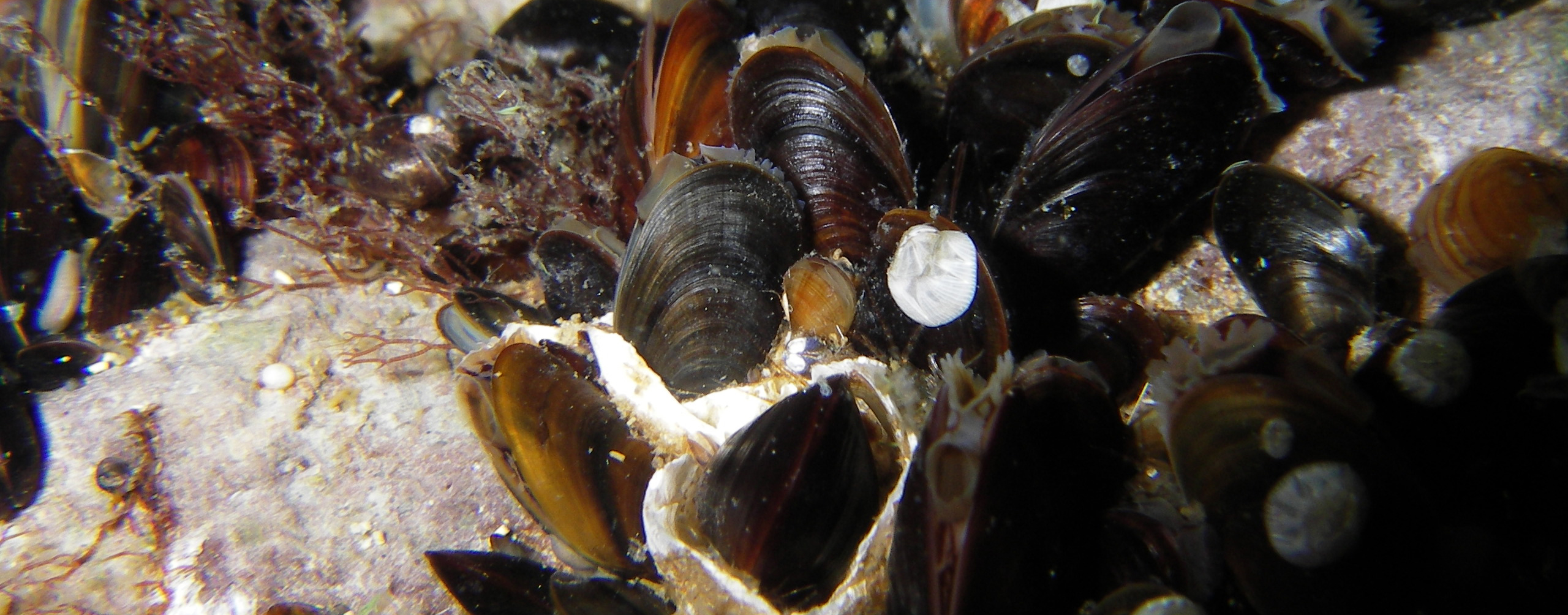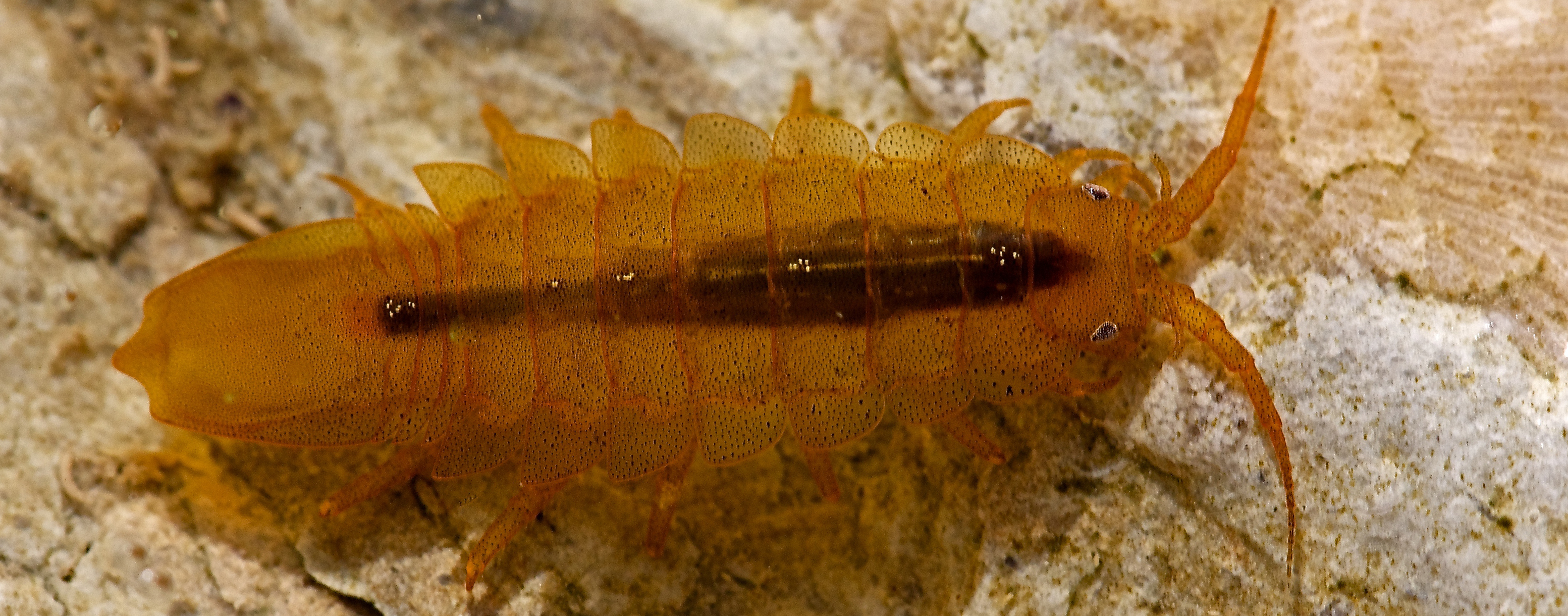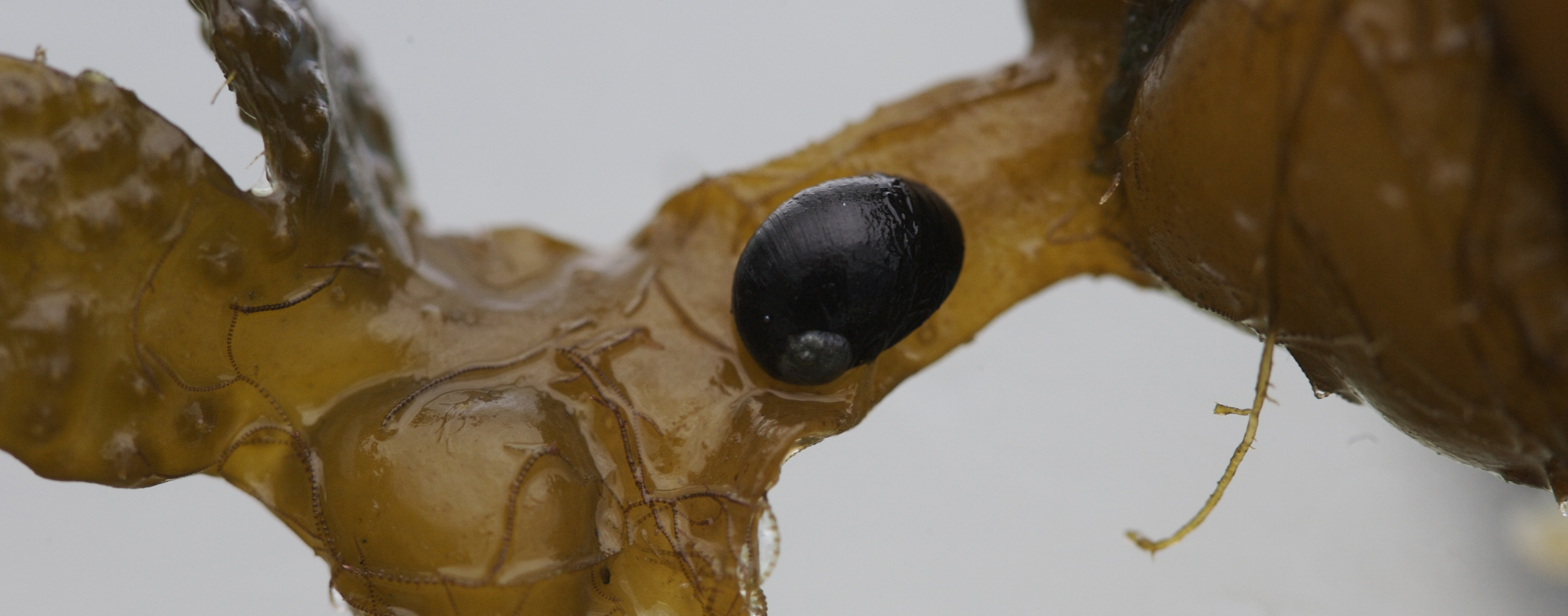The fewer household chemicals reach the sea via the sewers and the more rubbish that can be recycled, the better the Baltic Sea will do.
The Baltic Sea came into existence after the Ice Age roughly 10,000 years ago and geologically speaking is the youngest sea in the world. What actually makes it unique, however, is the fact that it is the world's largest body of brackish water, which is to say where salt water and fresh water mix.
Although residents of fresh and salt water do meet in the Gulf of Finland, only a few marine animals can handle the salinity, or rather the freshness, of the sea, like the blue mussel and a crustacean called the Saduria entomon. Among fresh water denizens, the river nerite snail and the European perch boast high tolerance of salinity. However, all Baltic Sea species live at the limits of their salinity tolerance, which makes them sensitive to change.
The freshness of the Baltic Sea stems from it being closed off from its considerably saltier neighbouring ocean. It gets part of its salinity from the North Sea and Atlantic Ocean through the narrow Danish straits. Roughly the same amount of fresh water reaches the sea via rivers and rainfall. Complete water exchange can take as long as 25 years. Because of this, the food and toxic waste, rubbish and other emissions generated by humans accumulate in the Baltic Sea.
Did you know that in the past the inhabitants of some of the small islands in the Gulf of Finland had to drink seawater with low salinity when their wells dried up during summers with little rainfall?
Monitor the salinity of the Baltic Sea in real time >>>


Marine species living in the Baltic Sea are the bay mussel (Mytilus trossulus) and Saduria entomon. Photos: Tiia Möller, Tiit Hunt


Freshwater species living in the Baltic Sea – the river nerite (Theodoxus fluviatilis) and the European perch (Perca fluviatilis). Fotod: Tiit Hunt